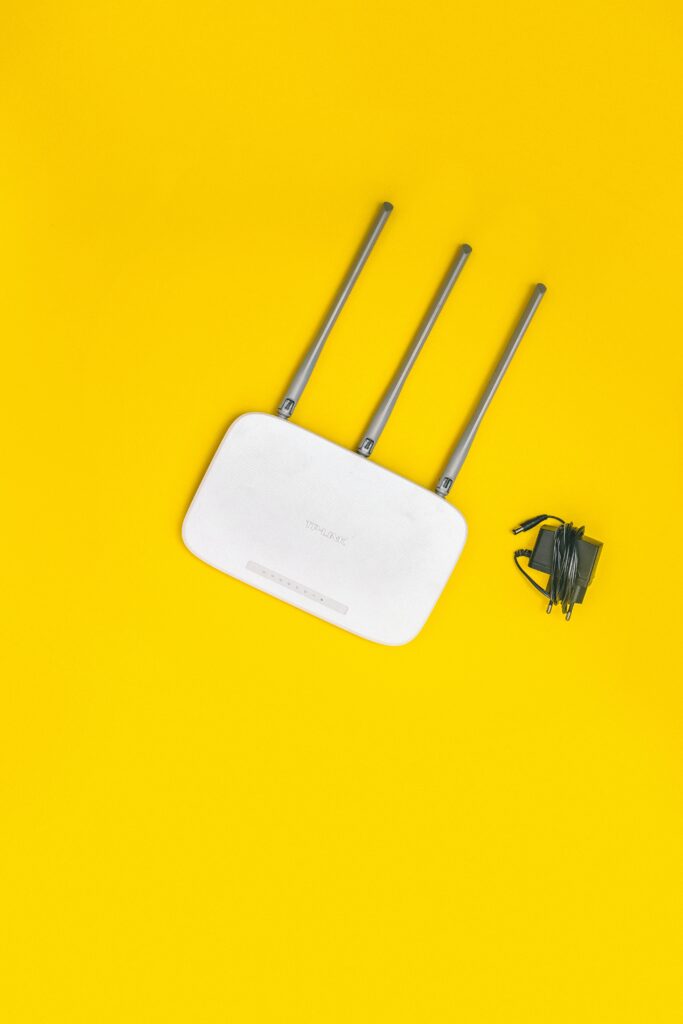There have been two significant trends in the world of technology that have been accelerated in 2020- working from home and the Internet of Things. We will cover how 5G will revolutionize how workers can work away from the office in a future blog. In this blog, we will focus on the expedited growth of IoT.
Going into 2020, IoT was already one of the hottest areas of technology, but Covid has increased the demand. The main reason most companies had to do with employee safety and business continuity.
If your business model required your team members to visit remote locations (especially those at 3rd party locations), you were suddenly putting them at risk. You were also vulnerable in the event of an outbreak in your company, as there would be a shortage of people to visit remote locations.
Both of these concerns could be alleviated with the right IoT solutions and the many other benefits that the solution would bring. Your team stays safer, more productive; you could reduce your operational costs and improve your bottom line. With such an enticing proposition, there is little wonder why 2020 has seen record IoT activity, and this trend is not expected to slow down in 2021. Many companies are considering adding connectivity to their devices as we speak.
For many, the choice was always Wi-Fi or cellular connectivity. It may have also been Bluetooth or Z-wave, but let’s put those aside for a second. Wi-Fi was the preferred choice if the end-user was expected to both use the device in a fixed location, and there would be an available Wi-Fi connection to use. If those items were not in place, most looked at cellular-based connectivity.
For 2021, you may wish to change this thinking.
The lower cost of the latest cellular-based technologies (both for the upfront hardware cost and on-going airtime costs) has made a compelling argument for moving away from Wi-Fi and moving to cellular. Here is why:
You aren’t at the mercy of your users to connect a device.
My smart stove has an embedded Wi-Fi module, likely put there by some forward-thinking engineers. They were drooling at the idea of both reducing their on-going support costs and getting a bevy of user-based information to use for their future builds.
Unfortunately, that did not pan out, as at least for my device. Simply, I did not see a compelling reason to connect my device initially and ensure that it remained connected to my home network.
Using a cellular-based connection would have been a bit more upfront and a recurring cost to the manufacturer. Still, they would have seen the benefits that they likely were trying to achieve with the addition of the Wi-Fi module.
Wi-Fi networks are only great when people are there to use them.
Several people that I have spoken to do something that I would never do (as I have a very nerdy home with many devices running at all times), they turn off their Wi-Fi routers when they go to bed or leave the house for an extended period. They simply say that it saves energy and increases their security. This goes back to the first point; you can’t rely on people if the data you want is valuable.
However, it goes well beyond those who think this way. Many remote sites do not maintain an Internet connection, instead of relying on the workers to use their phones/tablets. The same goes for seasonal properties and homes, as well as temporary construction sites.
The cost (and capacity) of cellular connectivity has improved.
At one point, the cost of connecting devices using cellular networks carried a significant premium over Wi-Fi-based devices. While there is still a delta, it has come down dramatically. When one factor in the value of constant and reliable data from remote devices provided by a cellular-based connection, it becomes easier to justify with each passing year
So, before you instantly choose to add Wi-Fi to connect your remote devices, consider cellular-based connectivity.
